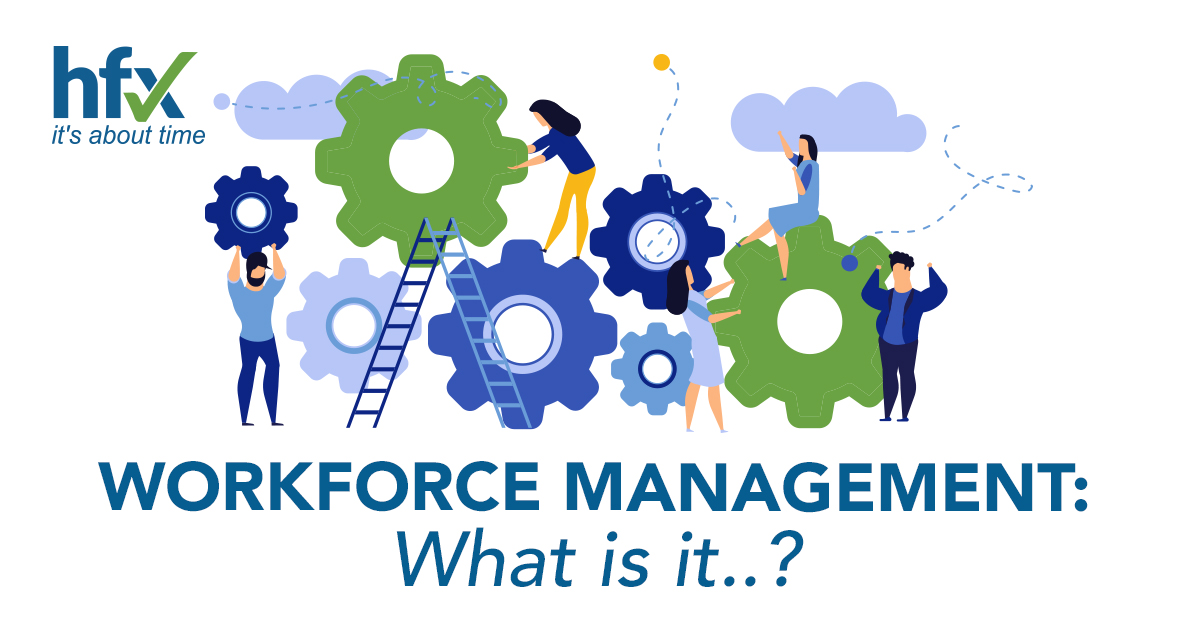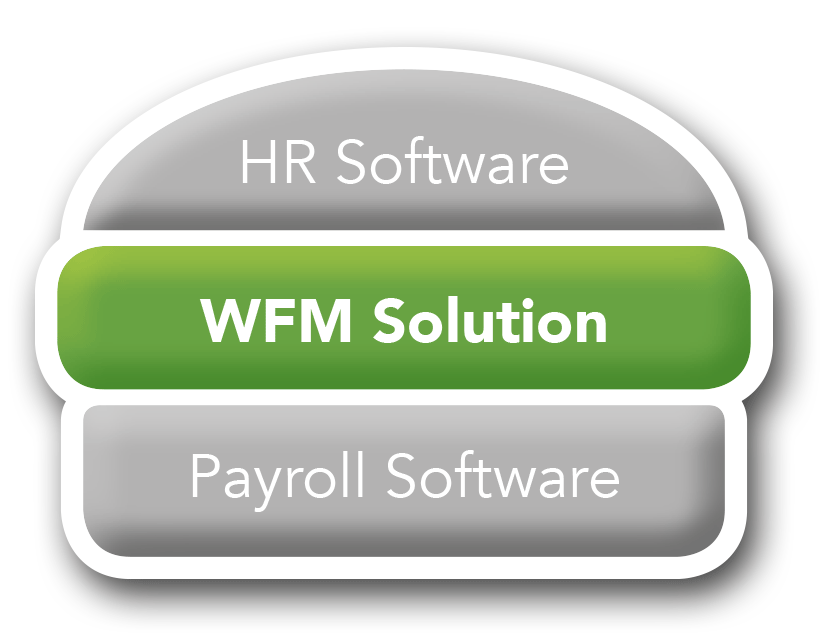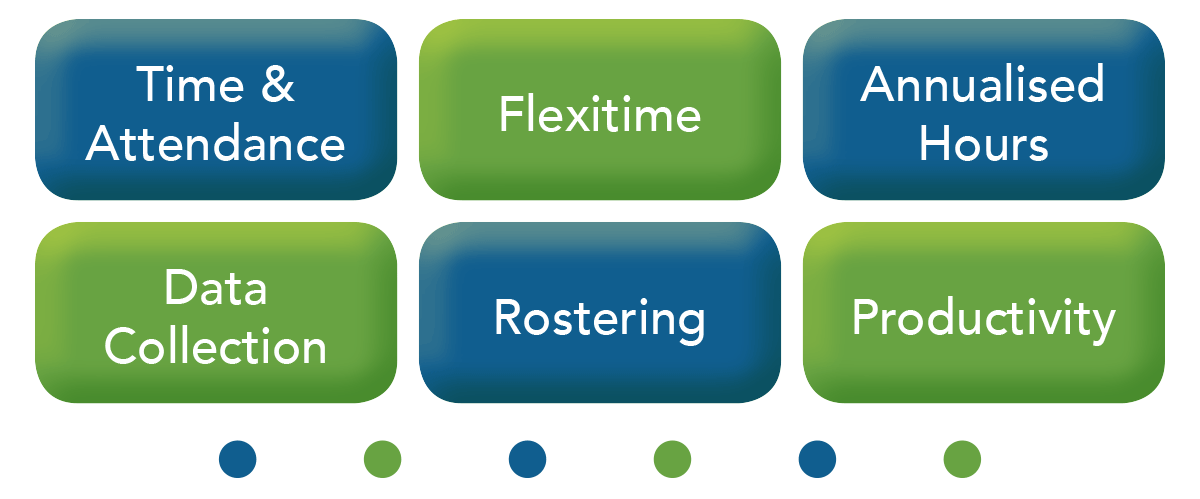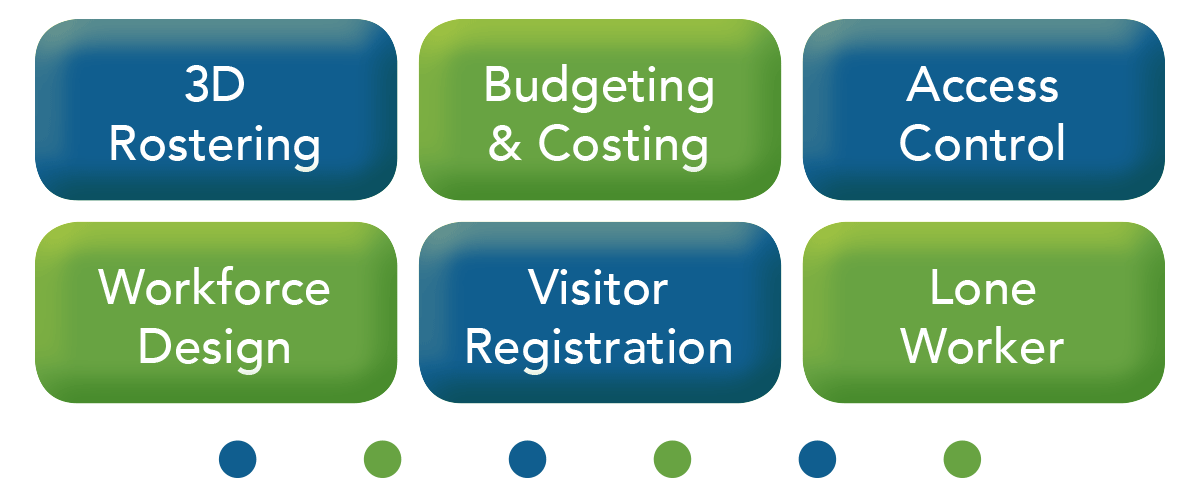
Top 5 Customer Requests during Coronatimes
Here at HFX we are proud to have a strong engagement with our 1,500 customers and we receive regular requests for additional functionality to help them leverage even more benefit from our suite of Cloud solutions.
During “Coronatimes” these customer requests have very much focused on a) helping the organisation manage the workforce during lockdown and b) help them prepare for the return of staff whilst keeping colleagues safe.
We’ve collated the top 5 requests which we have already delivered to customers or are in an advanced stage of production:
- Touch free devices
Managing hygiene and reducing physical “touch points” is a key focus for many of our customers. This remains the number one request and we responded by delivering contacless face recognition devices as an alternative to traditional hand or finger based devices. For those customers with card-based devices we have updated our HexOne device to make it fully touch free. So, whether customers require card or biometrics, we can provide both touch-free basis. - Homeworker
Those organisations who have had to rapidly manage remote working, wanted the ability for colleagues to not only record time, but also specify a configurable set of reasons and/or locations (e.g. whether they were “home working”, “Self Isolating”, “Recovering”, “Volunteering”) to enable the organisation to better serve and manage their workforce.
This along with time management is proving invaluable as we see work patterns vary radically especially those with children who are looking to either compress or extend their working week depending on individual circumstances.
3. Enforced Distancing Mode
With rules around social distancing being required even at work, the question posed by customers was how do we enforce this with employees queuing to clock in at the device?
The solution we came up with is an update to our HexOne device that enforces a countdown for x seconds after each employee has swiped. This removes any incentive for employees to tailgate their colleagues clocking in/out.
4. Temperature Testing
We suspect this requirement will rapidly climb to number 2 over the coming weeks. The question posed was “How can we identify any symptomatic colleagues at the earliest opportunity to mitigate risks of transmission”.
Our latest “touchless” time and attendance device incorporates temperature testing and alerting. Both the individual and manager are notified so that appropriate action can be taken (isolation, track and trace etc).
5. Track & Trace and Monitoring
At number 5 are actually two joint requests; one which enables organisations to identify any colleagues who might have come into contact with an affected colleague (e.g at a clocking device) and secondly for those customers without our HexOne device (see number 3,) the ability to monitor that distancing is being adhered to by colleagues at non HexOne clocking devices.
What is most interesting about the list is the ingenuity and determination of our customers and business in general to overcome what might appear to be insurmountable challenges, the ability to embrace change and find innovative solutions to enable us all to get back to work.
Whilst we should not underestimate the challenges ahead, neither should we underestimate the tenacity and ingenuity of British business.








